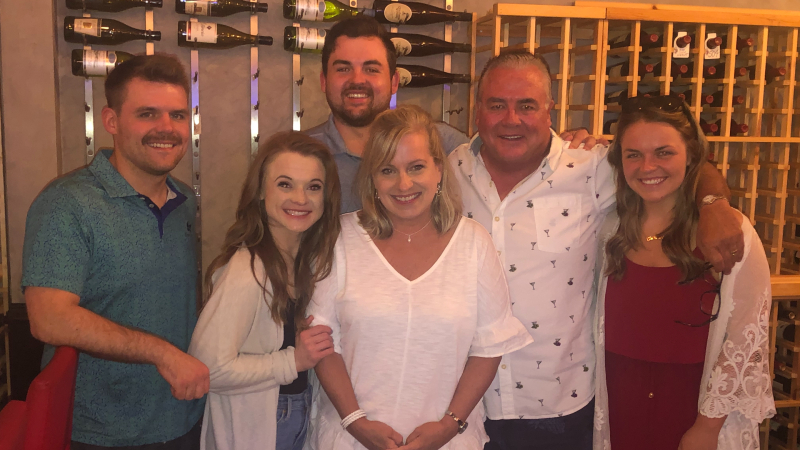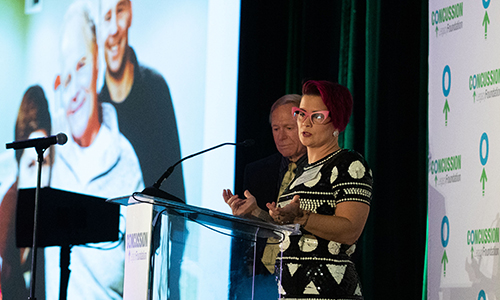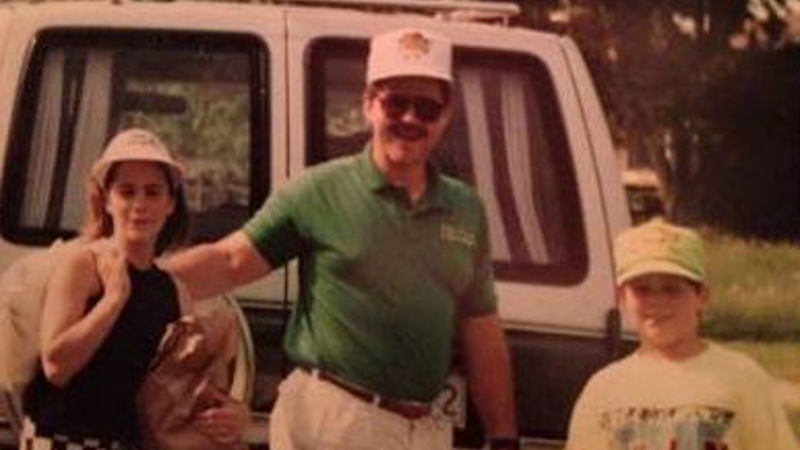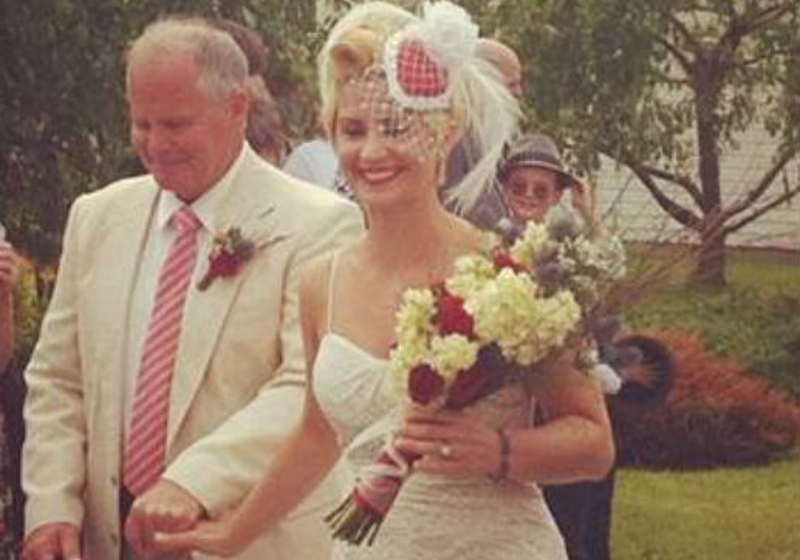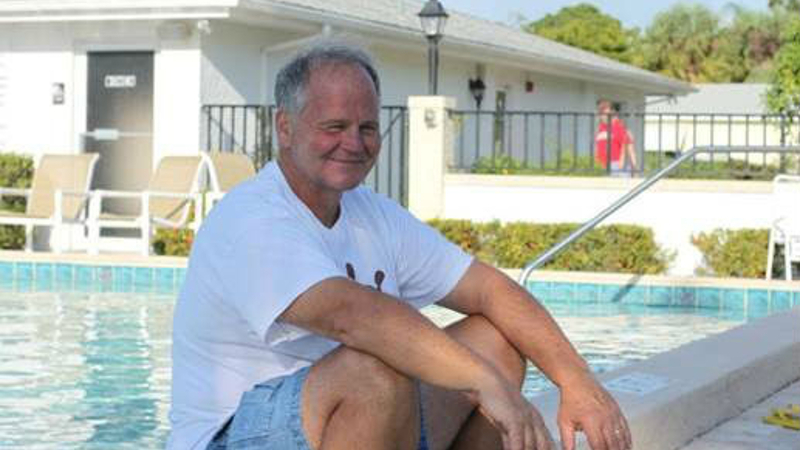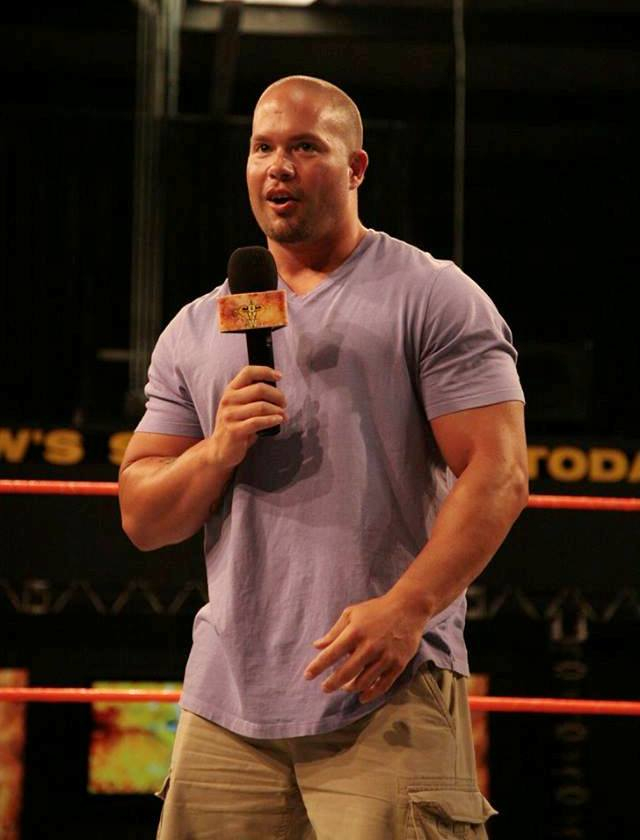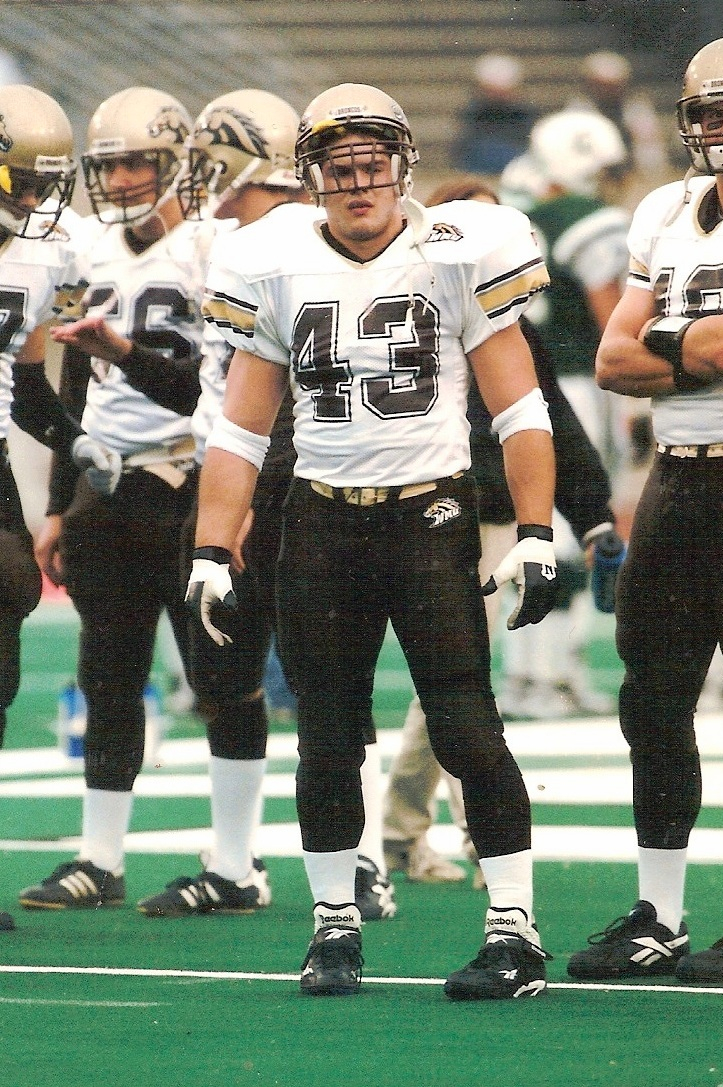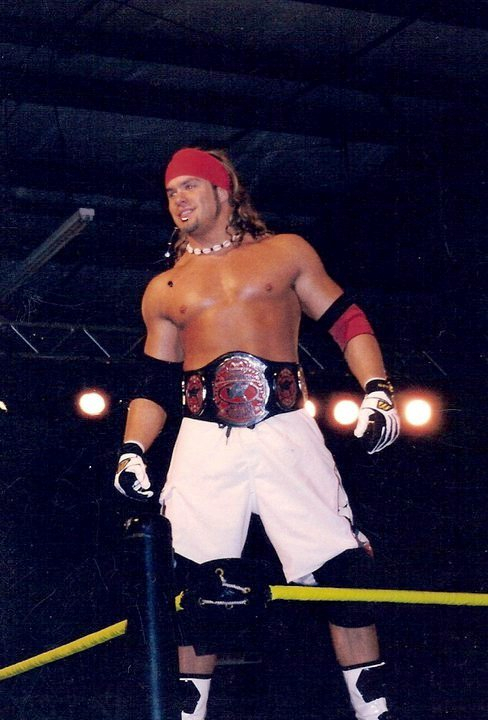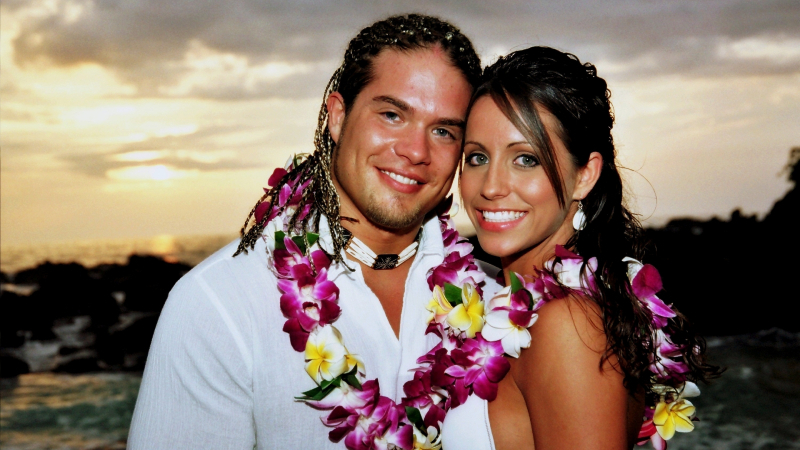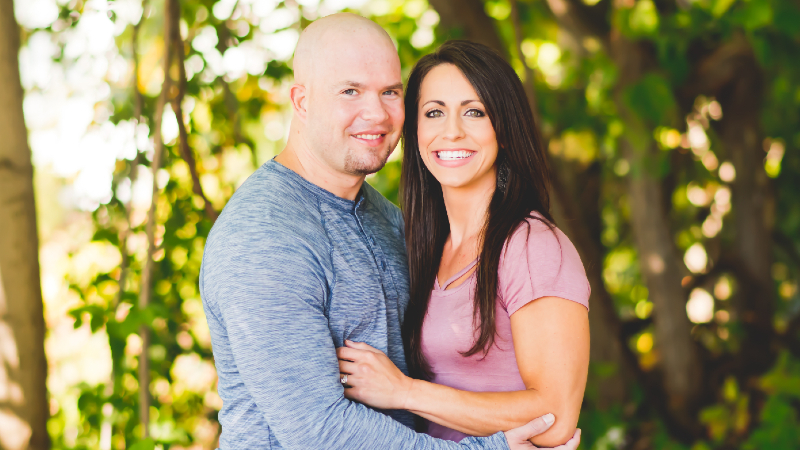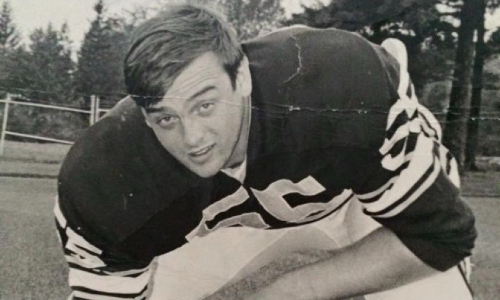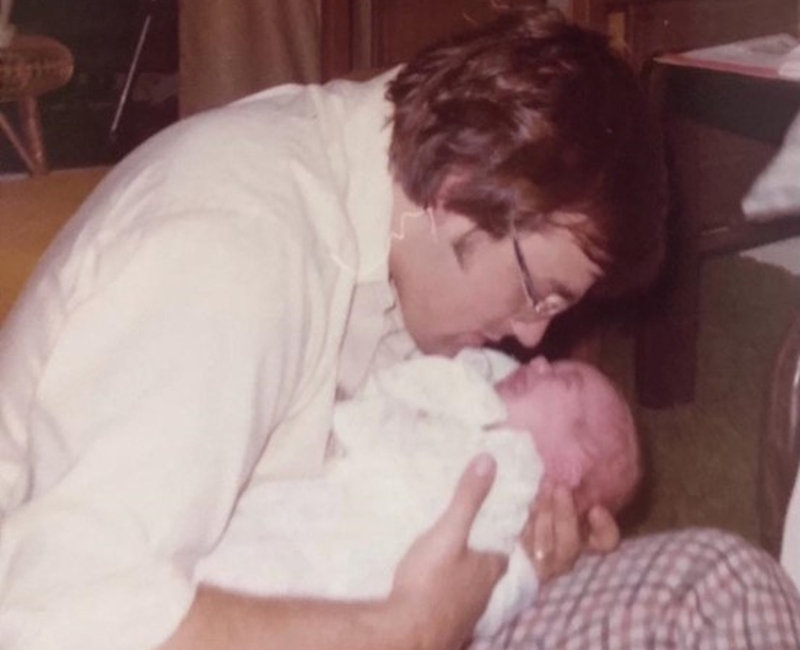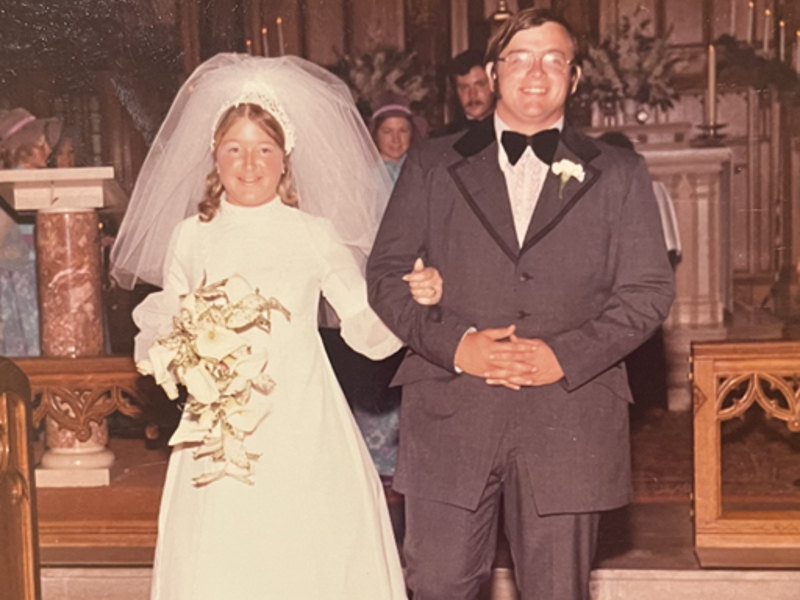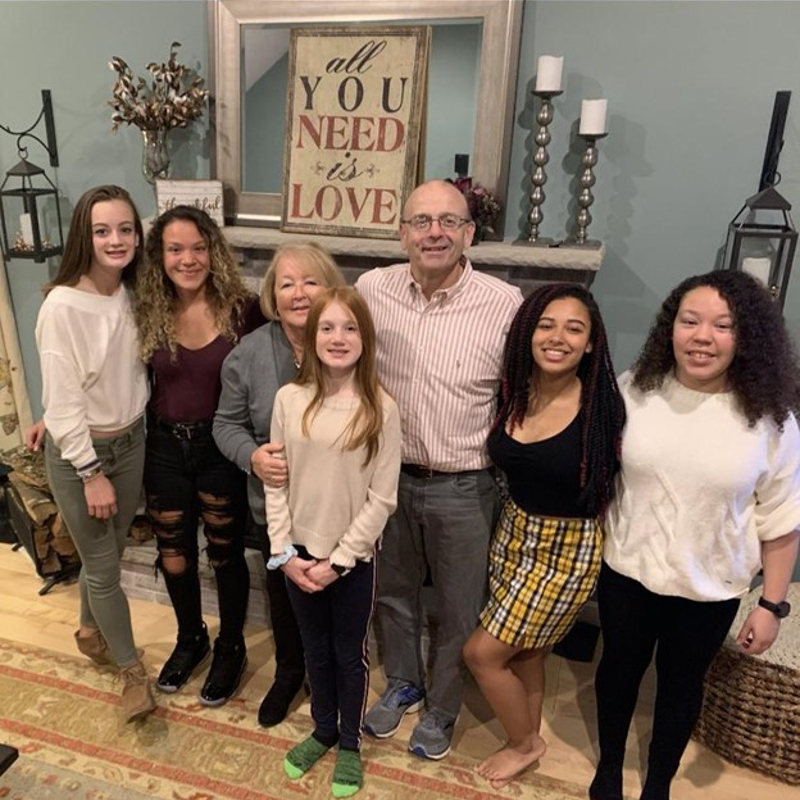
Son, brother, loyal friend, athlete. Barrett Callaghan had many titles and lived his life with love and compassion for those around him.
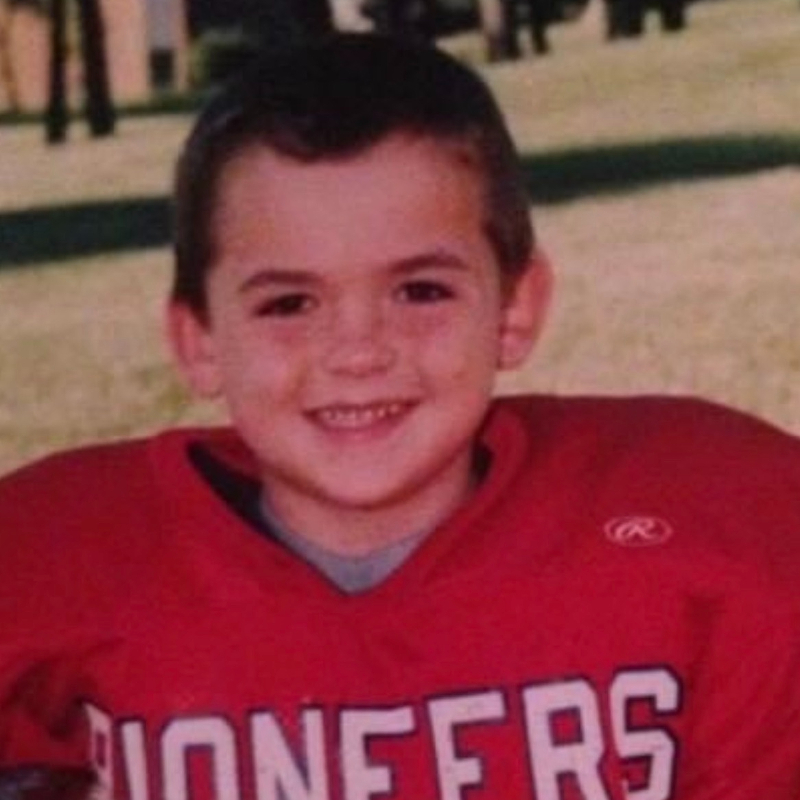
Barrett loved sports and was an incredible athlete from an early age; his family even calls him “sports obsessed.” Sports were his life, and he was interested in many of them: baseball, football, basketball, and golf. His level of sports knowledge was unmatched, and he was an athlete for years.
Barrett played baseball from the age of five through the end of high school and he played on his high school’s basketball team during his freshman year. Golf was also a favorite of his and he accomplished his goal of a “hole in one” the year before he passed.
One of Barrett’s favorite sports was football and he fell in love with it at a very early age. As a kindergartner, he watched his older brother play and begged his parents to find a team for him so he could start in first grade. At the age of seven, his football career was launched. Being one of the smaller boys on the team, he quickly discovered using his head was his biggest asset. He played football through high school, where he was a standout player and teammate.
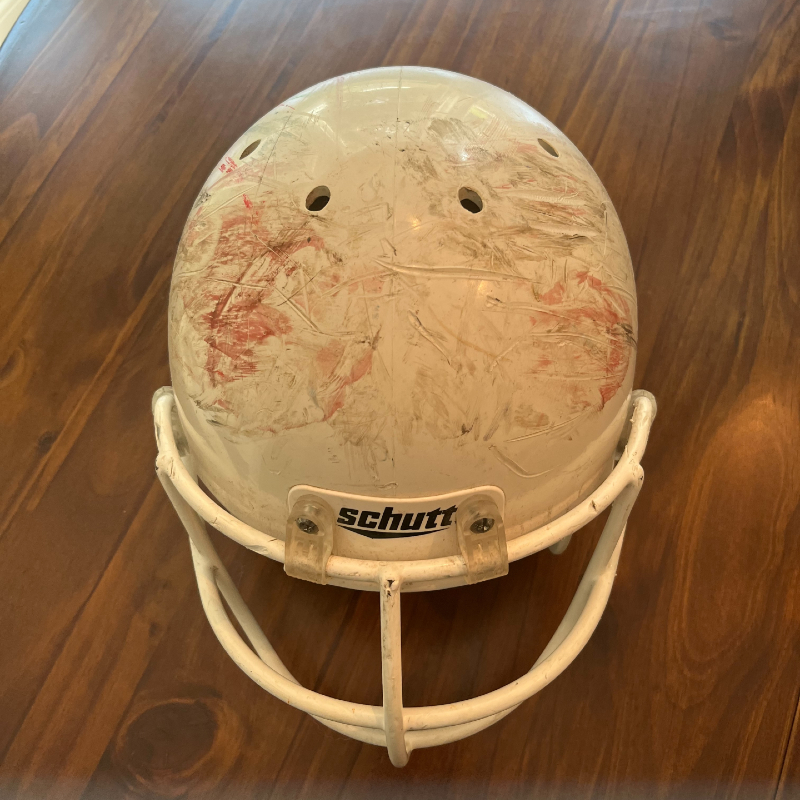
Besides athletics, Barrett, affectionately known as “Bear” and “Bearbo,” was known for his big heart. His love for his family was indescribable and he truly enjoyed gatherings, holidays, and vacations and attending Chicago White Sox games together. His family described his motto as “When in Need, I’m There.” Barrett was the kind of person that protected underdogs and always stood up for anyone in need. He was a loyal friend who always had the back of anyone he knew.
As time went on, his family noticed changes in his demeanor. He had mood swings and moments where he was out of character. His temper was quick and his sleep schedule was very erratic. It didn’t take long to notice that what was happening to him was out of his control.
Barrett struggled with his mental state for years. He went away to college for a couple of years but couldn’t finish. Coming home and attending a local college was his next step.
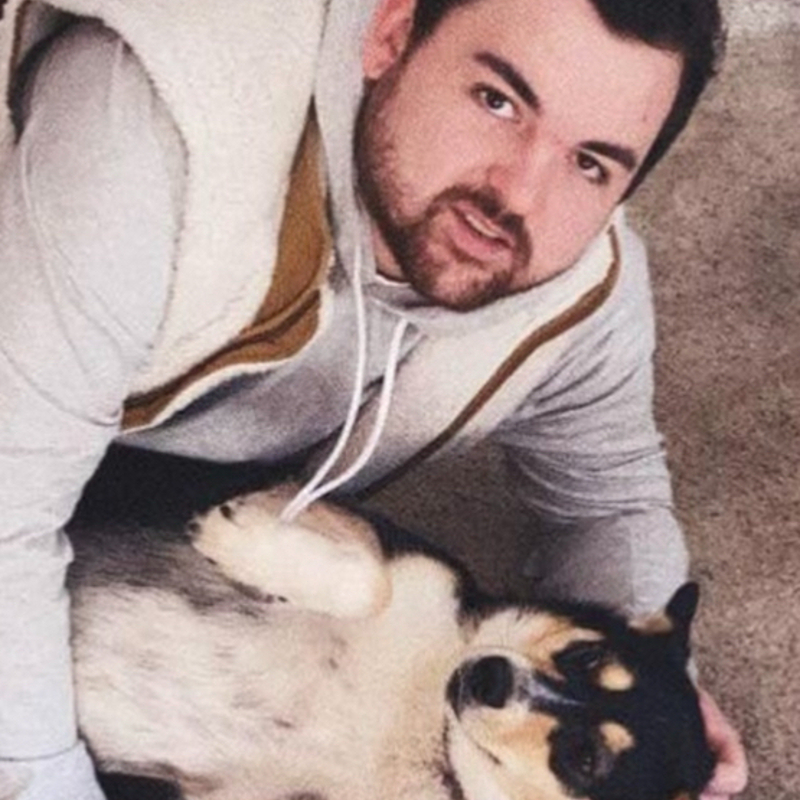
These changes scared Barrett and he often was embarrassed and remorseful for things he had said or done. His mother recalled a conversation where he begged her, saying, “Mom, please make it stop.” His desperation to figure out what was going on in his brain led him to discover for himself what he was battling. Barrett suspected he may have CTE, and his mother had thought the same.
Barrett passed away on September 26, 2021, in a car accident when a wrong-way driver hit him head on. He was 25 years old at the time and only 10 days shy of turning 26.
Barrett’s family, parents Rich and Jan, and siblings Richie, Mary Caroline, and Catie, donated his brain to the VA-BU-CLF Brain Bank, where he was diagnosed with stage 1 CTE by researchers. His diagnosis was not a surprise and the symptoms he experienced are common among individuals suffering from CTE. His mother said the disease robbed him of his education, ability to hold a full-time job, and his independence.
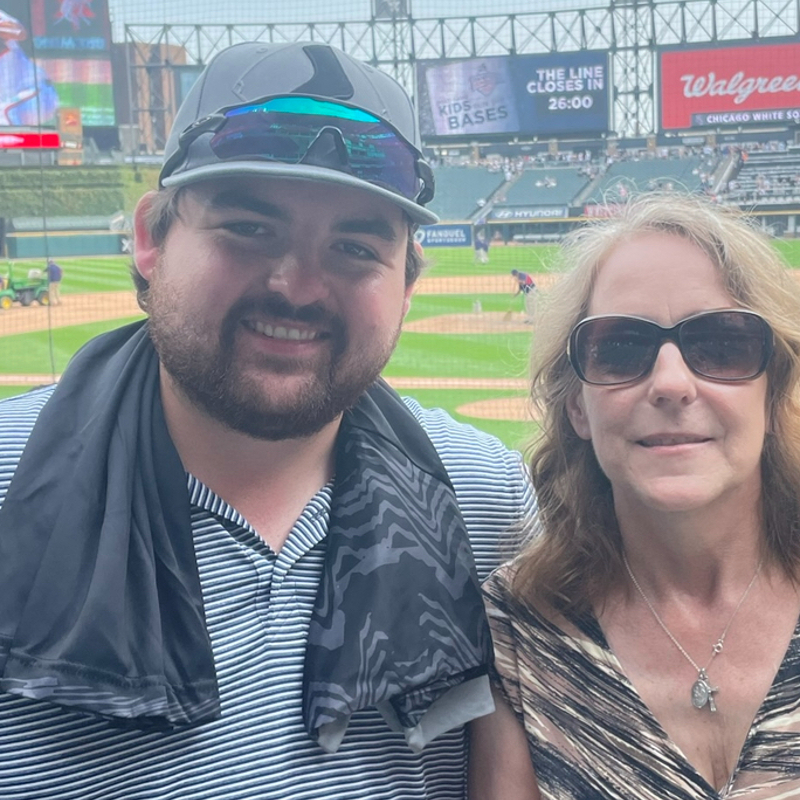
Even as Barrett’s personality changed, his family recalled that his heart stayed the same and his compassion and love for those around him never wavered. One of his last gifts was to his Aunt Julie. She celebrated her birthday over Labor Day weekend while still recovering from a recent major surgery. Though big outings were still a little overwhelming for her, Barrett insisted they go to a White Sox game together and she agreed. The game did not disappoint, and she said Barrett was the only one who could have convinced her to go. In his final days, Barrett’s profound love was a reminder to his Aunt Julie to always live life to the fullest, just as he always did.
Barrett once said, “In life, I don’t care to make money, I want to make a difference.” That was something he achieved in his lifetime and will continue to do so: his brain donation will contribute to numerous research studies with the goal of identifying CTE in living persons and eventually finding a cure. His story and legacy will continue to live on and impact current and future athletes for generations to come.
